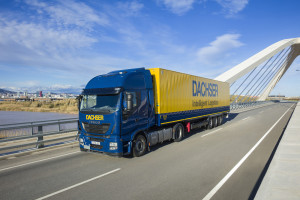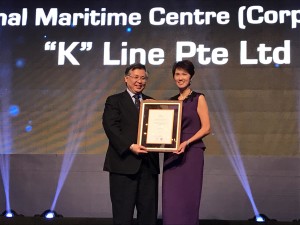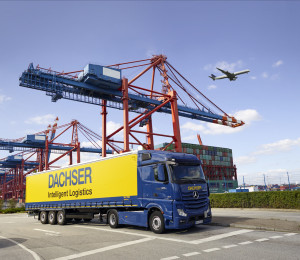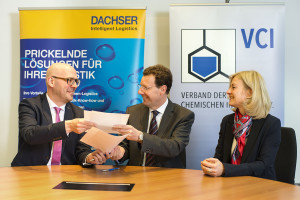Today, construction of “CAPE HAYATOMO” 250,000-dwt class ore carrier has been completed by Namura Shipbuilding Co., Ltd. Imari Shipyard & Works and delivered to us.
She is a Very Large Ore Carrier called “WOZMAX” (registered brand of Namura Shipbuilding Co., Ltd.) to carry cargoes dedicated for loading iron ores at mainly West Australia, Brazil and South Africa to Japanese steel mills. The “WOZMAX” means an optimum size of vessel who can call main West Australian iron ore loading ports, which stands for “West” “OZ” “MAX”.
She is the 1st lady of the 2nd generation of the WOZMAX in Namura Shipbuilding Co., Ltd. The most advanced technology had also been applied to construction of the vessel in order to ensure that she would satisfy our customers’ needs.
For example, she has 7 holds and 7 hatches which could improve efficiency for cargo loading and discharging operations. Furthermore, she equips “NFC” (Namura flow Control Fin) on her hull and “Rudder Fin” on her rudder which is also a registered brand of Namura Shipbuilding Co., Ltd. These will help her propulsion performance and save energies. In addition, Ballast Water Treatment System is on her board in order to prepare forthcoming international regulation for protecting global marine environment.
With a large number of vessels from various types with various sizes – from very large to small -, “K” Line offers its customers a unique range of transport services. “K” Line will remain committed to flexibly and actively responding diversifying needs for shipments of ore and other iron-bearing raw materials.
Vessel Particulars
LOA : 329.95M
Width : 57.00M
Depth : 25.60M
Draft : 18.00M
Deadweight : 250,460T
Gross Ton : 135,933T
Main Engine : MES MAN-B&W 6G80ME-C9.5
Speed : 14.3KTS
Class : NK
Flag : Panama
Builder : Namura Shipbuilding Co., Ltd.







 h.
h.


